
Plant classification is a fascinating and essential aspect of botany that helps us understand the vast diversity of plant life on Earth. Two important terms in plant classification are ‘species’ and ‘cultivar’. While these terms are often used interchangeably, they have distinct meanings and implications in the world of botany and horticulture.
What is a Species?
A species is the basic unit of biological classification and a taxonomic rank. It is defined as a group of organisms that can interbreed and produce fertile offspring under natural conditions. Species are identified based on shared characteristics and genetic similarities. In the plant world, species can be recognized by their distinct features such as leaf shape, flower color, and growth habit.
For example, the species Rosa canina refers to a specific type of wild rose known for its pink flowers and thorny stems. Each species is given a two-part Latin name, known as a binomial nomenclature, which consists of the genus name followed by the species identifier. This system of naming helps in universally identifying and communicating about plants.
Understanding Cultivars
Cultivars, short for ‘cultivated varieties’, are plants that have been selectively bred for specific traits. Unlike species that occur naturally, cultivars are often the result of human intervention through processes like hybridization, selection, and cloning. Cultivars are usually developed to enhance certain desirable characteristics such as flower color, size, disease resistance, or fruit yield.
The naming of cultivars follows a different convention from species. They are often given a unique name enclosed in single quotation marks, such as Rosa ‘Peace’, a famous rose cultivar known for its large, creamy-yellow flowers edged with pink. Cultivars can be propagated through vegetative methods to ensure that the desirable traits are consistently passed on.
Species vs. Cultivar: Key Differences
Understanding the difference between species and cultivars is crucial for botanists, gardeners, and plant enthusiasts. The primary distinction lies in their origin and genetic makeup. Species are naturally occurring groups of plants, while cultivars are the result of human selection and breeding.
Another significant difference is how they reproduce. Species reproduce through sexual reproduction, leading to genetic variation among offspring. In contrast, cultivars are often propagated asexually to maintain uniformity and preserve the specific traits they were bred for.
The Importance of Classification
Plant classification plays a vital role in horticulture, agriculture, and conservation. By understanding the classification of plants into species and cultivars, growers can make informed decisions about plant breeding, cultivation, and preservation. This knowledge assists in developing new plant varieties that can withstand environmental challenges, improve food security, and enhance garden aesthetics.
Conclusion
In conclusion, while species and cultivars may seem similar, they serve different purposes in the world of botany. Species are naturally occurring groups of interbreeding plants, whereas cultivars are human-made varieties selected for specific traits. Both play a crucial role in biodiversity and the advancement of horticultural practices.
Whether you are a professional botanist or an amateur gardener, understanding the nuances of plant classification can enhance your appreciation and management of plant life.
Plant classification is a fascinating and essential aspect of botany. A species is defined as a group of organisms that can interbreed and produce fertile offspring under natural conditions. Cultivars are plants selectively bred for specific traits and are often the result of human intervention. Species reproduce sexually, leading to genetic variation, while cultivars are propagated asexually to maintain uniformity. Understanding plant classification is crucial for horticulture, agriculture, and conservation. 
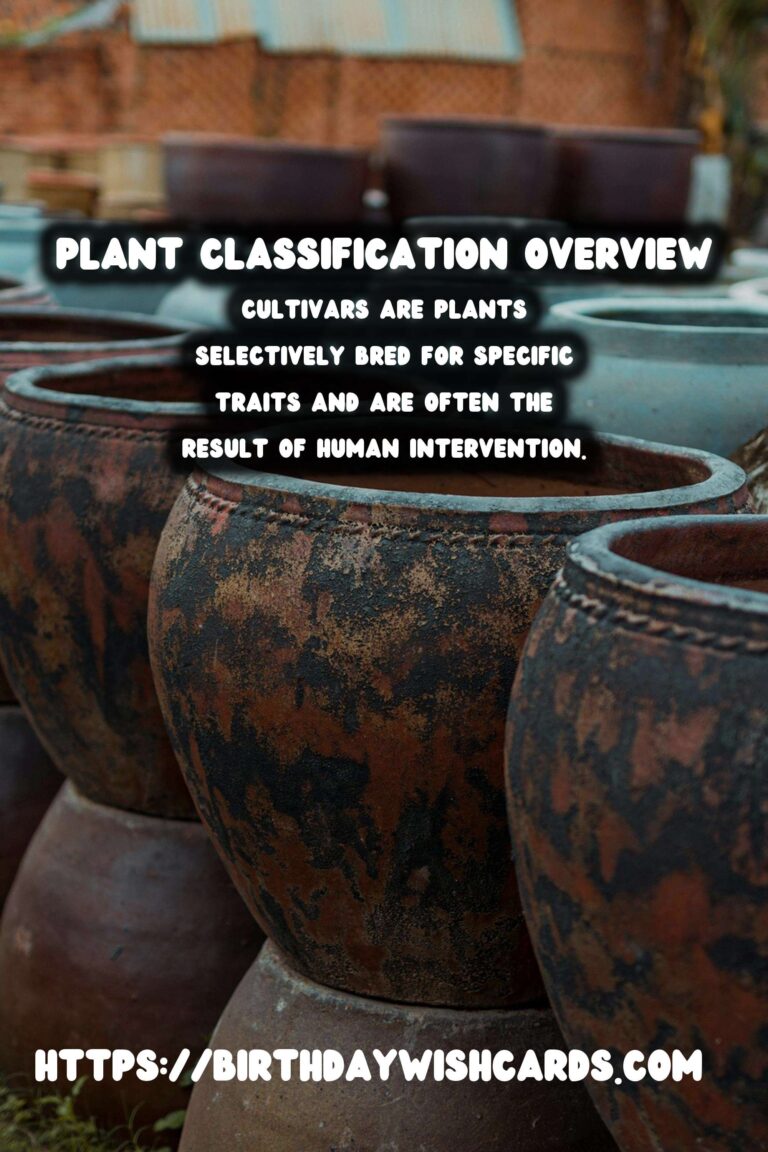

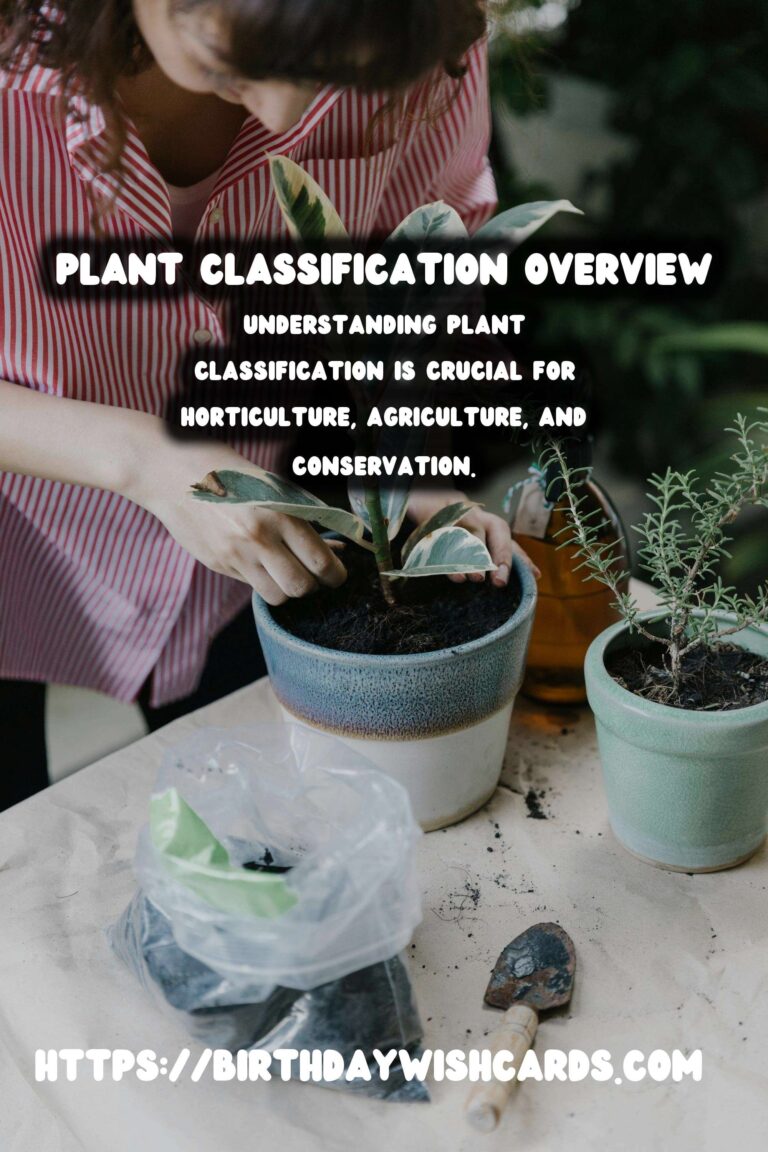


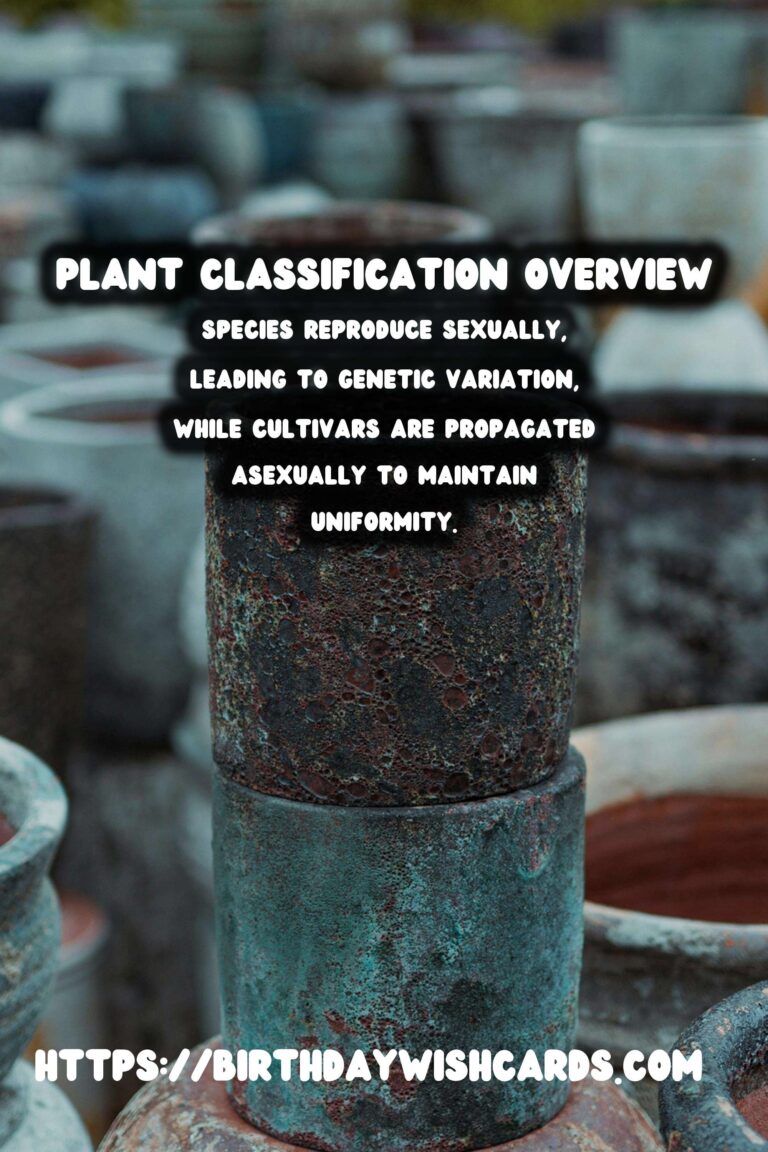
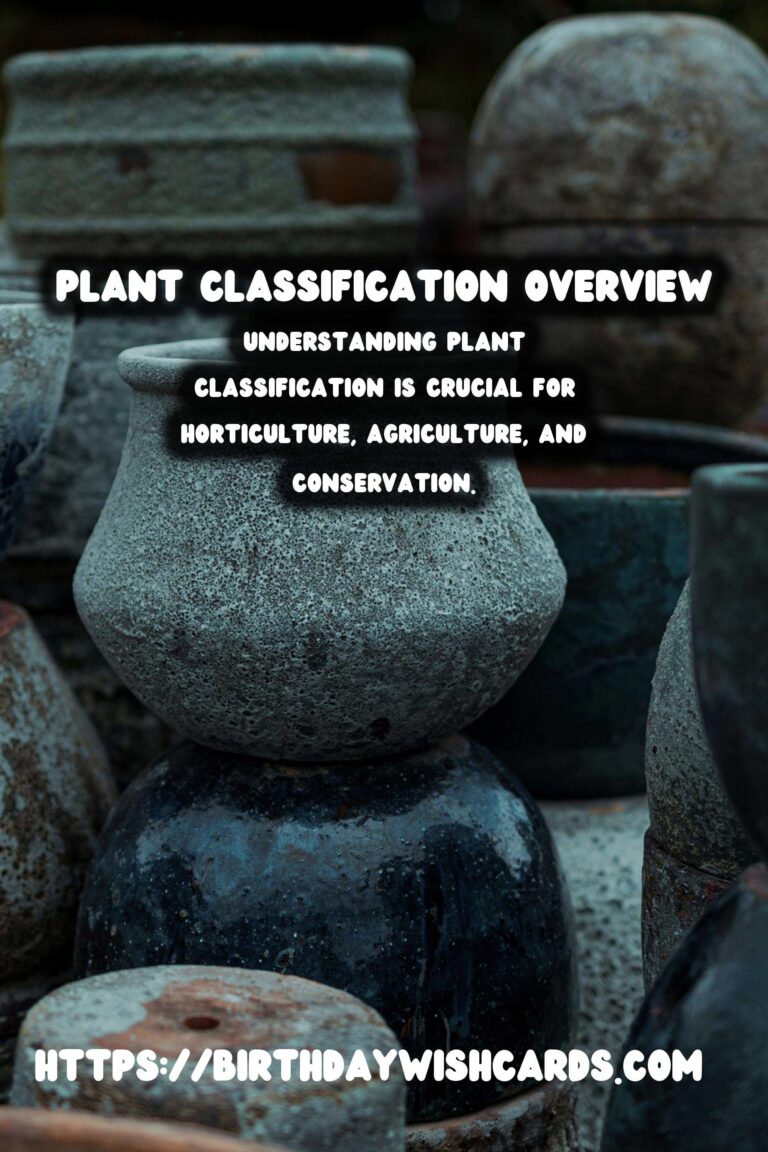
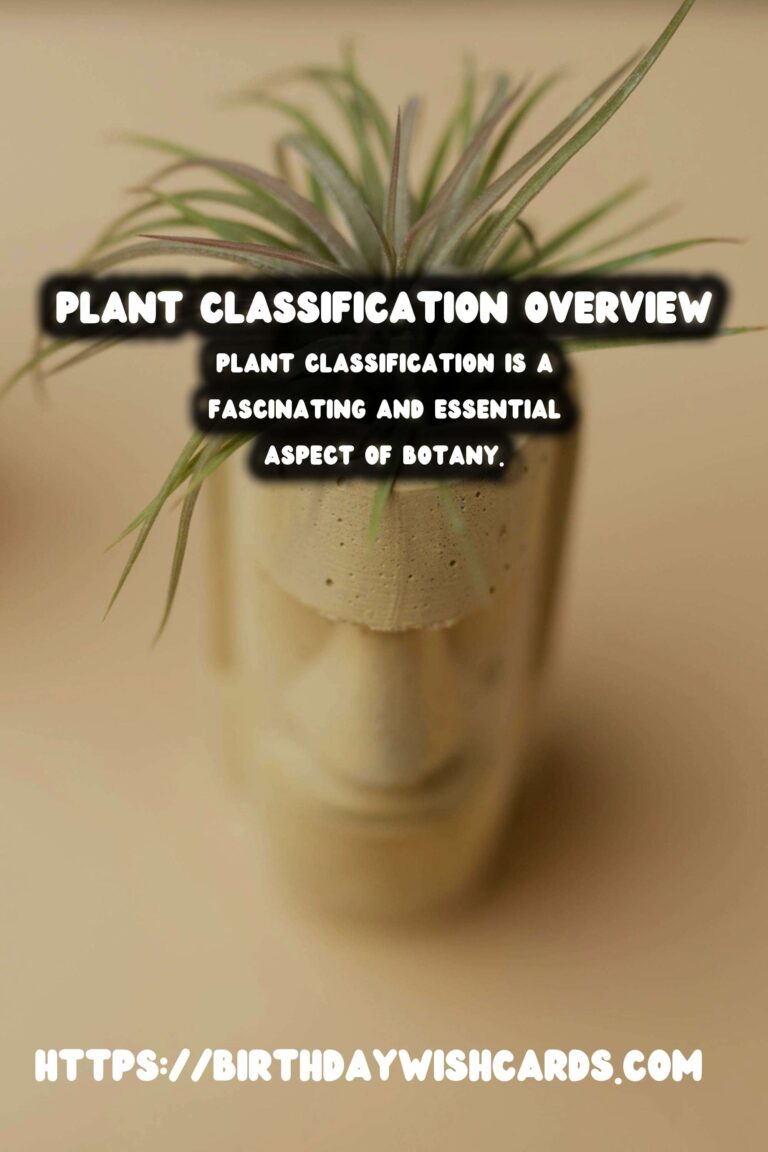

#PlantClassification #Species #Cultivar #Botany #Horticulture




